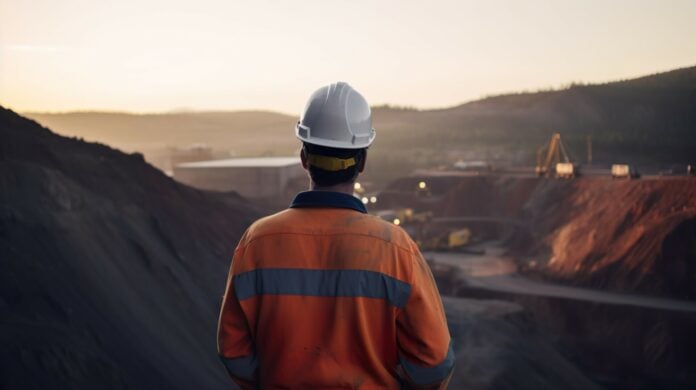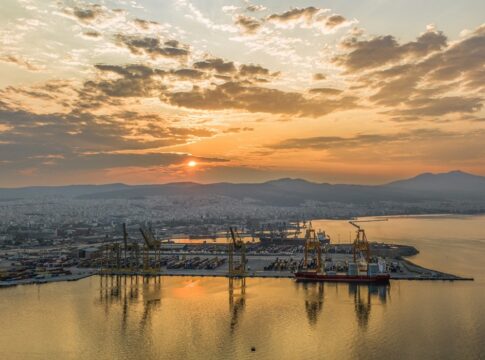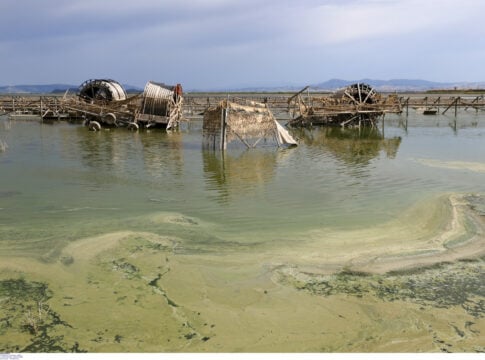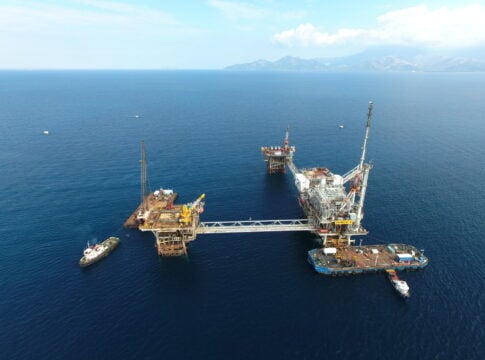In a survey for the period 1992-2022, the Association of Mining Industries recorded the leading materials of the mining sector in terms of production and exports. Of the 27 minerals participating in the survey, the six (6) with the highest total producer values were nickel iron ores, asbestos, bauxite, marbles, limestone aggregates and lignite. It should be noted that before 1999 its production and use was prohibited. The six (6) leading ones in terms of exports were mixed sulphide concentrates, bentonite, alumina, aluminium, nickel and bulk marble.
In the meantime uncertainty and subdued demand prevails in 2023 despite the fact that the sector has shown resilience to large increases in energy and raw material costs as well as supply chain shortfalls.
In the first 6 months of 2023, an upward trend in aggregates shows signs of fatigue. In industrial minerals the picture is also mixed, with some sectors at 2022 levels and others seeing sales growth of up to 25%.
Marbles have been greatly affected by lower demand in the Chinese market. As far as marble is concerned, the markets – targets which are expected to have the highest buying interest in processed marble (slabs, tiles) for the two years 2023-2025 are the US, the countries of the Arabian Gulf, with an emphasis on Saudi Arabia and the United Arab Emirates, Singapore and South Korea, with an annual growth rate of 10–15%. At the same time, target markets for marble continue to be India, Algeria, Egypt and Tunisia, as well as China, whose growth is estimated at 12% per year for the next two years.
Meanwhile, all the production of pozzolan was directed to the Greek cement industry. In flint gravels, the increase in energy and raw material costs, strong inflationary trends, large price increases in building materials are slowing down the initial dynamics.
In general, delays in public works and the maintenance of problems from 2022 will slightly differentiate the results in 2023 compared to the previous year.














